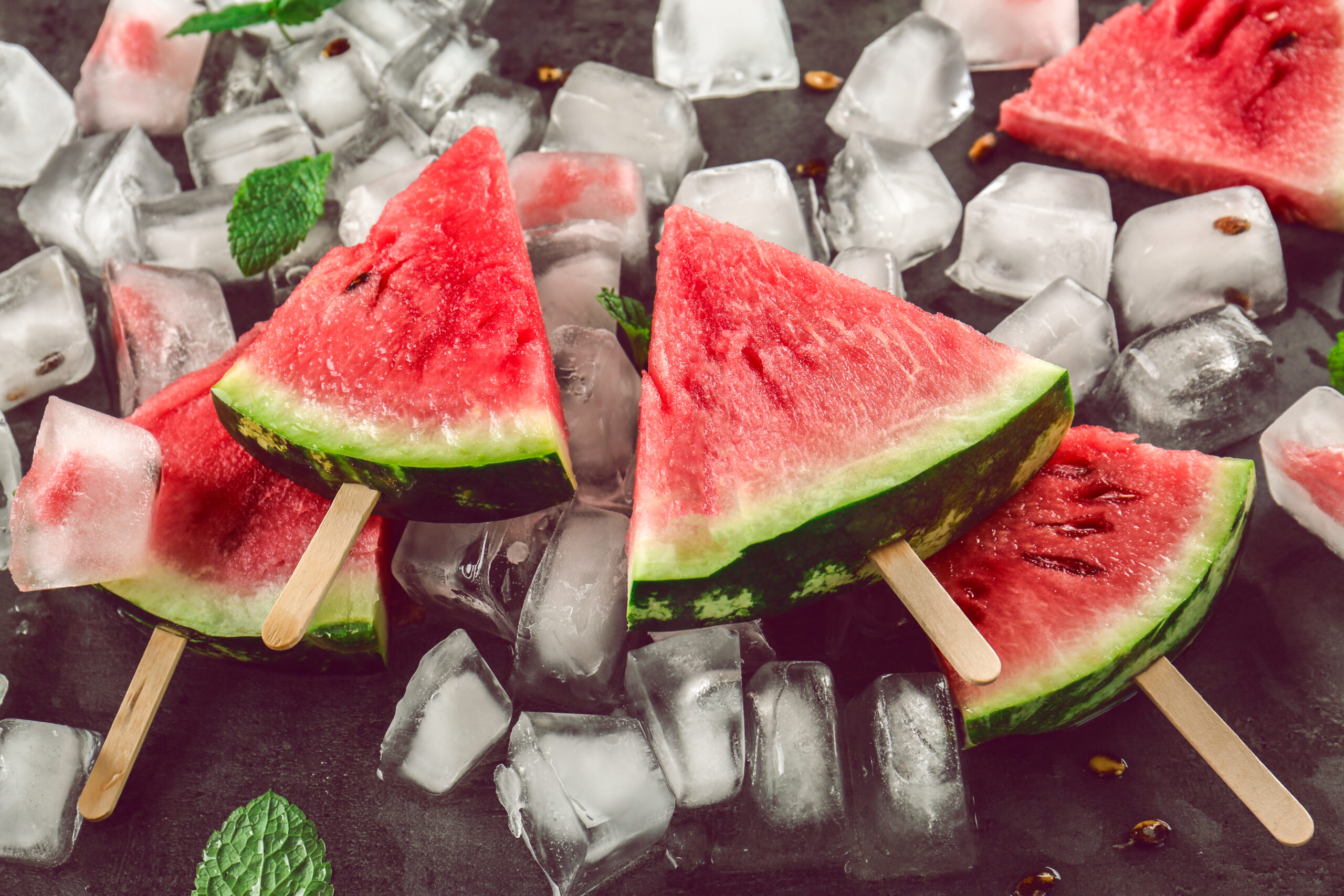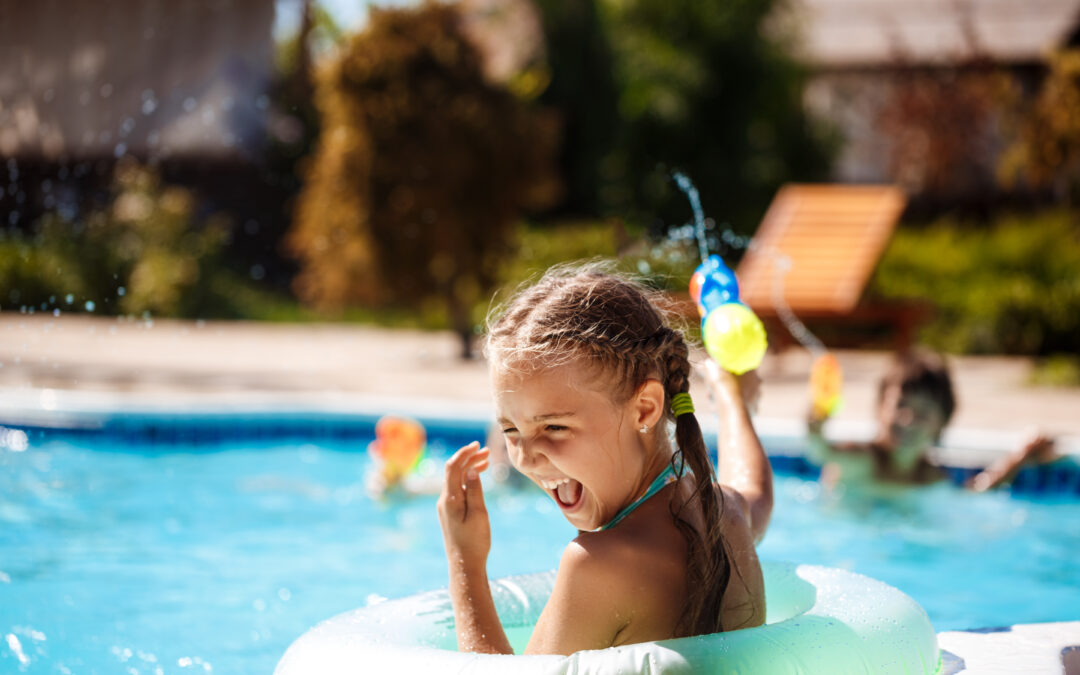As temperatures soar across Spain this summer, keeping little ones comfortable and happy becomes one of our biggest challenges as nannies. After years of caring for children during sweltering Marbella summers, I’ve discovered that the secret isn’t just about staying cool—it’s about making the cooling process fun and engaging.
The Art of Summer Childcare
Working as a nanny during intense summer heat requires a completely different approach than cooler months. Children’s bodies regulate temperature differently than adults, and they can become overheated much more quickly. More importantly, hot and uncomfortable children often become cranky, restless, and difficult to manage. The key is being proactive rather than reactive—creating cooling strategies before the heat becomes overwhelming.
Over my years with The Governess & Co, I’ve refined three go-to techniques that never fail to keep children cool, calm, and surprisingly entertained during the hottest days.
Strategy 1: Frozen Fun Snacks – Nutrition Meets Cooling
One of the most effective ways to cool children from the inside out is through strategic snacking. However, I’ve learned that simply reaching for store-bought ice lollies often creates more problems than solutions—sugar crashes, artificial additives, and the inevitable sticky mess.
My Favorite Frozen Treats:
Frozen Grape Gems: Simply wash and freeze red or green grapes overnight. Children love the unexpected texture, and parents appreciate that they’re getting natural fruit sugars and hydration. I often present these as “nature’s ice cubes” to build excitement.
Watermelon Ice Blocks: Cut watermelon into thick sticks and freeze for 2-3 hours. These provide significant cooling while delivering essential electrolytes. The natural sweetness satisfies children’s cravings without the artificial ingredients found in commercial frozen treats.
Yogurt Berry Cubes: Blend natural yogurt with fresh berries and freeze in ice cube trays. These provide protein, probiotics, and cooling relief. I let children help choose berry combinations, giving them ownership over their cooling treats.
The Secret Weapon – Frozen Cucumber: This might sound unusual, but frozen cucumber slices are surprisingly popular with toddlers and preschoolers. They provide cooling relief while being virtually calorie-free, making them perfect for frequent snacking without affecting meal times.
The beauty of these frozen snacks lies in their dual purpose—cooling and nutrition. Unlike artificial ice lollies that provide temporary relief followed by energy crashes, these natural options support sustained comfort and stable energy levels.

Strategy 2: Indoor Water Play – Mess-Free Aquatic Fun
When outdoor temperatures become dangerous, bringing water play indoors creates the cooling benefits of pool time without the risks of prolonged sun exposure.
The Basic Setup: I use large, shallow storage containers or specialized sensory play trays filled with cool (not cold) water. The key is creating enough depth for meaningful play while keeping splashing manageable.
Engaging Activities:
- Doll and toy car washing stations with small brushes and cups
- Floating toy rescue missions with nets and spoons
- Water transfer games using different sized containers
- Ice cube expeditions where children fish out colorful ice cubes with utensils
Pro Tips for Success: Always place multiple towels underneath the play area and have additional towels nearby for quick cleanups. I involve children in the setup process, letting them choose which toys to include. This builds anticipation and ensures they feel invested in the activity.
The evaporation from water play naturally cools the surrounding air while the tactile experience helps regulate children’s body temperature through their hands and arms.
Strategy 3: Cool Towel Forts – Creating Magical Chill Zones
This technique combines children’s love of fort-building with effective cooling strategies. The key is using frozen towels strategically to create cool microclimates within your home.
The Process: I dampen clean towels with cool water and place them in the freezer for exactly 10-15 minutes—long enough to become refreshingly cold but not so long that they freeze solid and become uncomfortable.
Fort Construction: Drape these chilled towels over chairs, table edges, or specially positioned furniture to create enclosed spaces. The cold towels naturally cool the air within the fort while providing a sense of adventure and novelty.
Enhancing the Experience: I add quiet activities like books, puzzles, or audiobooks to encourage children to spend extended time in their cool retreat. The combination of physical cooling and engaging activities often provides 30-45 minutes of peaceful, comfortable time.
Safety Considerations: Always check towel temperature before use, ensuring they’re cool but not uncomfortably cold. Replace towels as they warm up, typically every 20-30 minutes.
The Science Behind Staying Cool
Understanding why these techniques work helps explain their effectiveness. Children’s bodies have a higher surface area to body weight ratio than adults, meaning they both heat up and cool down more quickly. By targeting multiple cooling mechanisms—internal cooling through frozen foods, evaporative cooling through water play, and ambient cooling through chilled environments—we address their physiological needs comprehensively.
Hydration: The Foundation of Summer Comfort
While these activities provide excellent cooling relief, proper hydration remains the cornerstone of summer comfort. I’ve learned that children often resist drinking plain water, especially when they’re engaged in play.
Making Hydration Fun:
- Add frozen fruit pieces to water bottles for natural flavoring
- Use colorful cups or special “summer drinking glasses”
- Create “flavored water stations” with cucumber, mint, or lemon slices
- Set regular “hydration alarms” that become part of the daily routine
Adapting to Individual Needs
Every child responds differently to heat and cooling strategies. Some thrive with active water play, while others prefer quiet, cool environments. Successful summer nannying requires observing each child’s individual responses and adapting accordingly.
For particularly heat-sensitive children, I combine multiple strategies—starting with a frozen snack, moving to water play, and finishing with quiet time in a cool towel fort. This progression provides sustained comfort throughout the hottest parts of the day.
Creating Sustainable Summer Routines
The most effective cooling strategies become part of daily summer routines rather than emergency measures. I typically introduce these activities during the late morning, before heat reaches its peak, preventing discomfort rather than simply reacting to it.
Children begin to anticipate and look forward to these cooling rituals, which reduces resistance and increases cooperation during the most challenging parts of hot days.
Final Thoughts
Working as a nanny during intense summer heat requires creativity, preparation, and a deep understanding of children’s needs. These three strategies—frozen fun snacks, indoor water play, and cool towel forts—have proven effective across different ages, personalities, and family situations.
The goal isn’t just surviving summer heat but creating positive associations with hot weather through fun, engaging activities. When children have tools and techniques that help them feel comfortable and entertained, summer becomes a season of adventure rather than endurance.
At The Governess & Co, we train our nannies to approach seasonal challenges with creativity and expertise. Whether dealing with summer heat, winter indoor activities, or any other seasonal needs, our goal is always enhancing children’s experiences while supporting family life.
Remember, the best cooling strategies are those that bring joy along with relief. When children are laughing while they’re cooling down, you know you’ve found the perfect balance.

